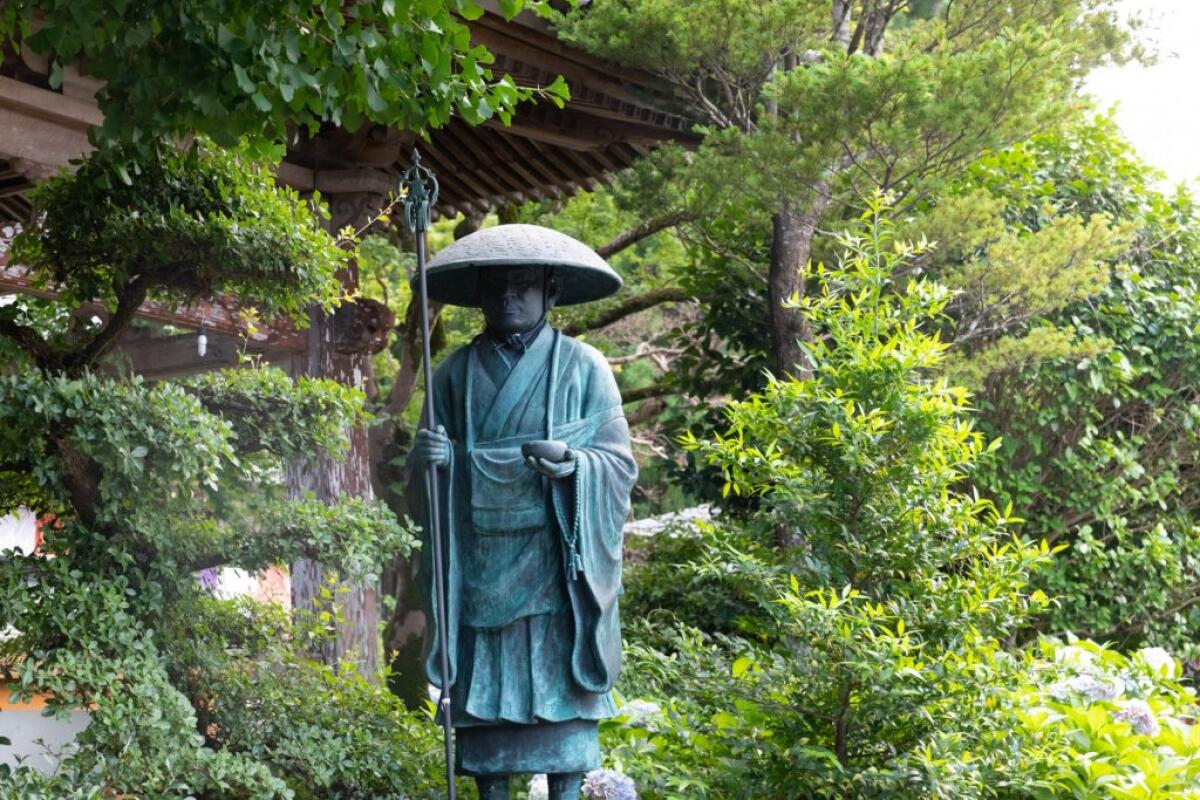
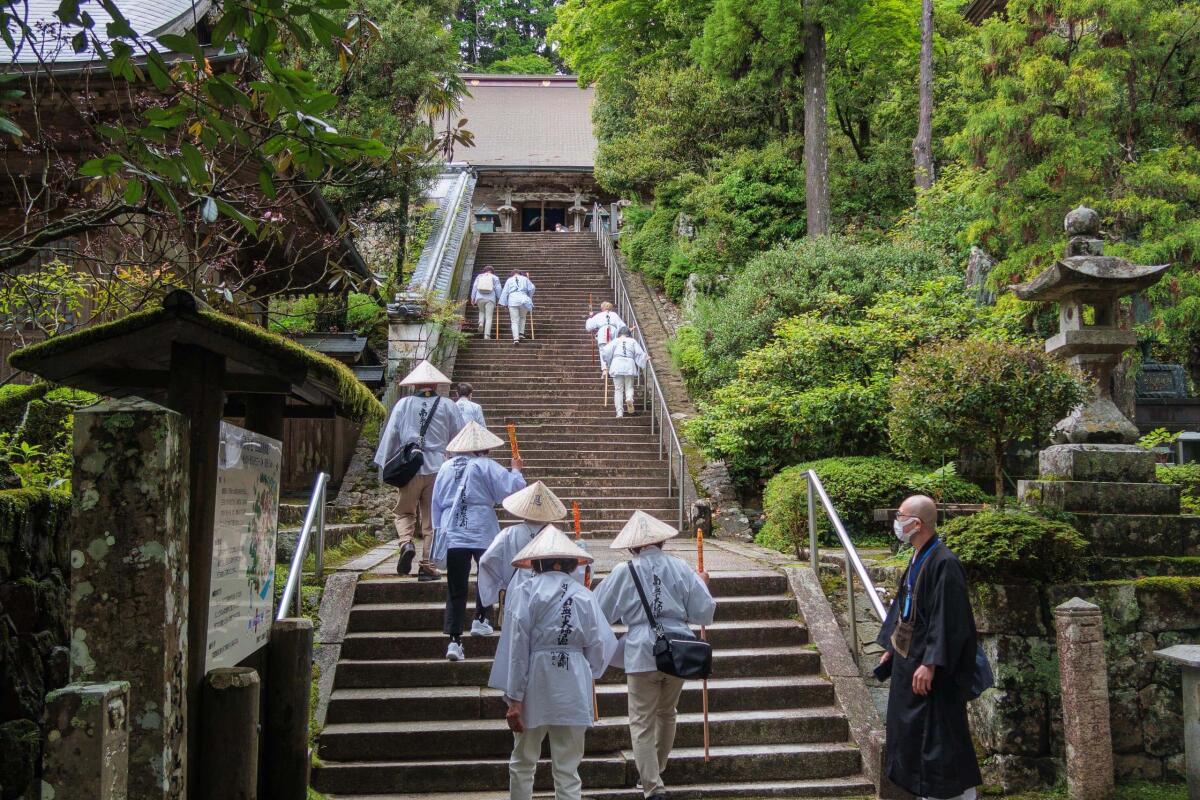
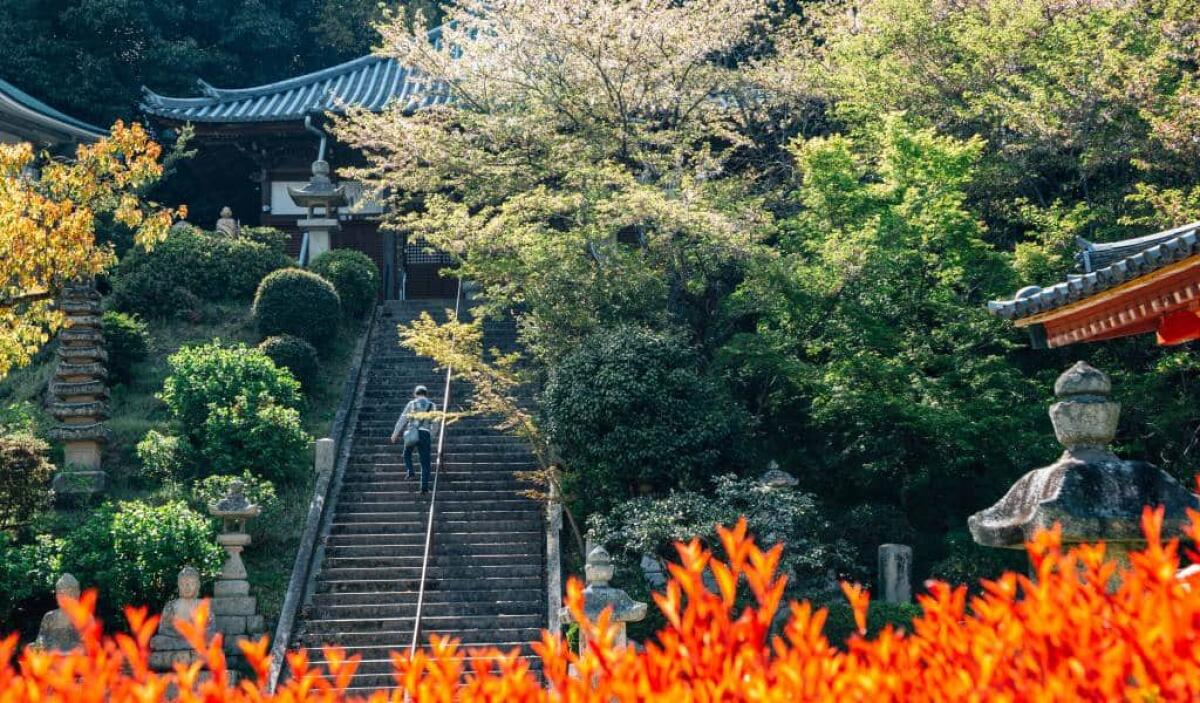
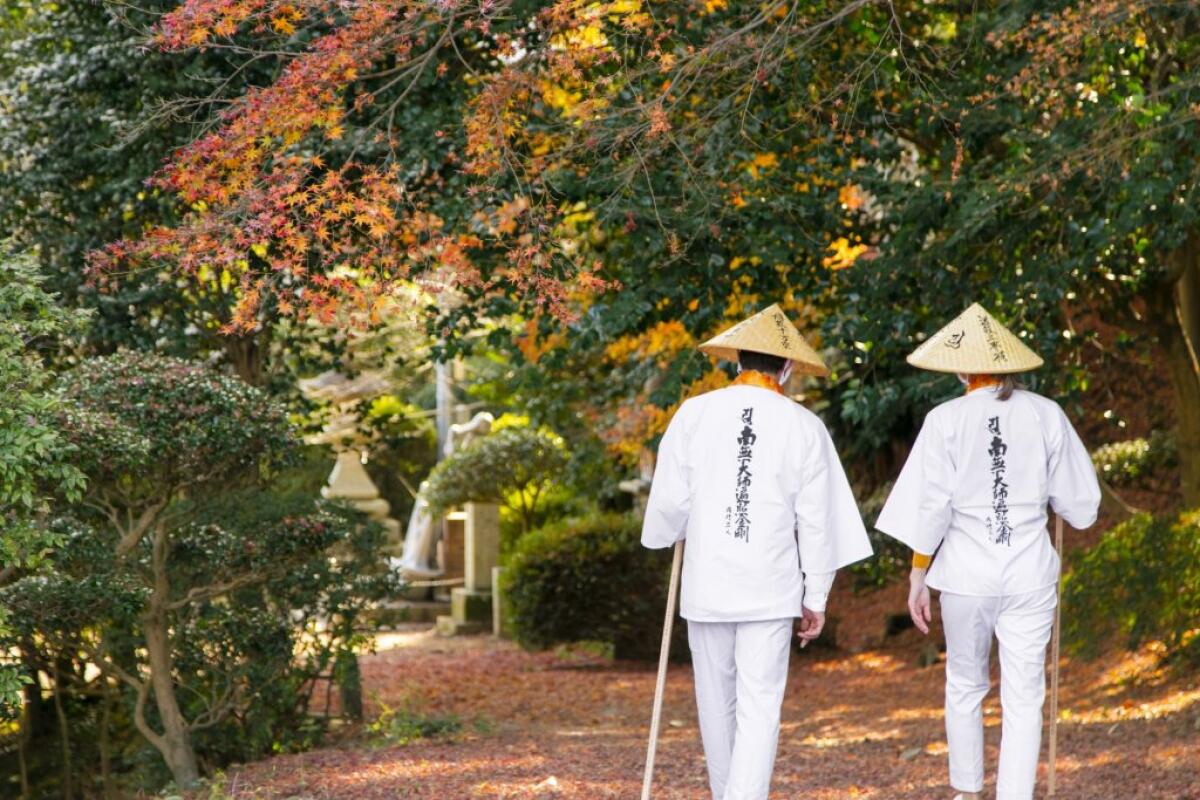

Shikoku Pilgrimage
The Shikoku Pilgrimage is one of Japan’s most famous spiritual journeys, offering a unique opportunity to visit 88 temples across the island of Shikoku. The pilgrimage follows the path of the revered Buddhist monk, Kukai, and spans over 1,200 kilometers, making it an enriching adventure for both spiritual seekers and nature lovers. Each temple is steeped in history, showcasing various architectural styles and beautiful gardens. For those looking for a spiritual challenge, this pilgrimage provides a powerful and peaceful journey through serene landscapes, vibrant towns, and remote areas of Shikoku.
Whether you are walking the entire route or visiting specific temples, the Shikoku Pilgrimage is an unforgettable experience, offering a blend of culture, spirituality, and natural beauty. It attracts pilgrims and tourists alike who seek peace, self-reflection, and a deeper connection to Japan’s rich Buddhist heritage.
The 88 sacred sites on the Shikoku Pilgrimage
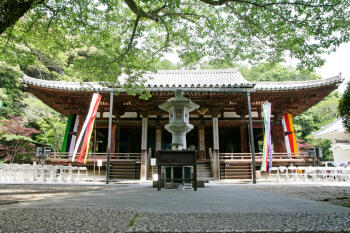
Ryozenji Temple, the first temple on the Shikoku Pilgrimage, is located in Tokushima Prefecture. It marks the start of the 88-temple pilgrimage and is closely tied to Kobo Daishi and Shingon Buddhism. Pilgrims can find supplies like robes, hats, and walking sticks here for their journey.
Read more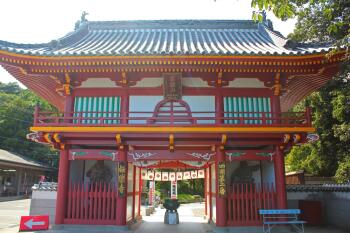
Gokurakuji Temple, the second temple on the Shikoku Pilgrimage, is located in Tokushima Prefecture. Known for its red gates and serene garden, it holds cultural and spiritual significance. The temple is dedicated to Amida Nyorai and features a statue of Kukai, the founder of Shingon Buddhism.
Read more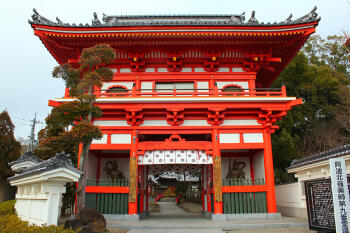
Konsen-ji Temple, the 13th on the Shikoku Pilgrimage, is located in Tokushima Prefecture. Founded by Gyoki, it is known for its Golden Well and is dedicated to Shaka Nyorai, Amida Nyorai, and Yakushi Nyorai. The temple features 1,000 Kannon statues and has historical ties to Japan’s imperial family.
Read more
Dainichi-ji Temple, the 4th stop on the Shikoku Pilgrimage, is located in Tokushima Prefecture. Founded by Kūkai, it is dedicated to Dainichi Nyorai. The temple features a hidden Buddha, visible only twice in a priest’s lifetime. Visitors can explore its serene garden, ancient cherry tree, and historical structures, including the Main Hall, restored in the 1600s.
Read more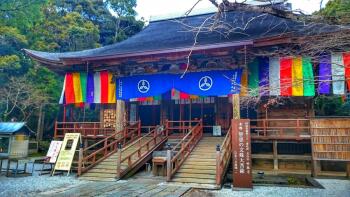
Chikurin-ji Temple, number 31 on the Shikoku Pilgrimage, is located on Mount Godaisan in Kochi. Known for its beautiful five-story pagoda, it attracts pilgrims and students due to its scholastic reputation.
Read more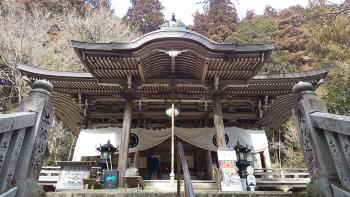
Daiho-ji Temple, the 44th temple on the Shikoku Pilgrimage, is located on Mount Godaisan in Kochi. Famous for its stunning five-story pagoda, the temple is a popular destination for both pilgrims and students, thanks to its strong academic reputation.
Read more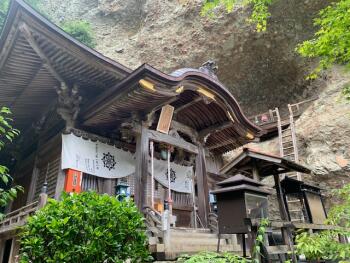
Iwayaji Temple, number 45 on the Shikoku Pilgrimage, is nestled in the mountains of Ehime Prefecture. Surrounded by towering cliffs and lush forests, it is known for its breathtaking natural scenery and unique architecture built into the rock face. The temple’s peaceful atmosphere and challenging access make it a special stop for dedicated pilgrims.
Read more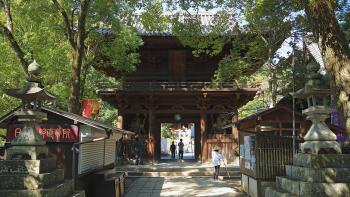
Ishiteji Temple, located in Matsuyama, is the 51st temple on the Shikoku Pilgrimage. Known for its historic Niomon Gate and mystical cave temple, it offers a unique spiritual experience with a three-story pagoda and sacred halls.
Read more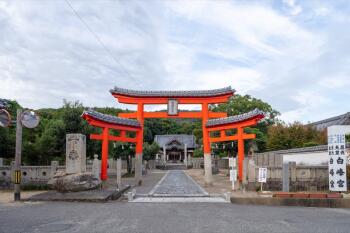
Tenno-ji Temple, located on the outskirts of Marugame, is the 79th temple on the Shikoku Pilgrimage. Famous for its rich history, the temple is linked to the legend of a fish monster and the death of Emperor Sutoku in 1156. Visitors can explore the tranquil grounds where his body was washed, and admire the sacred spring.
Read more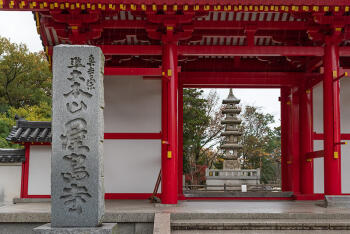
Yashima Temple, located on Yashima Mountain in Takamatsu, is the 84th temple on the Shikoku Pilgrimage. This historic temple features a blend of architectural styles, including traditional halls and a modern museum showcasing artifacts from Yashima’s past. Visitors can enjoy stunning views of Takamatsu and the Seto Inland Sea while exploring the temple grounds, which hold deep spiritual significance.
Read moreReviews
There are no reviews